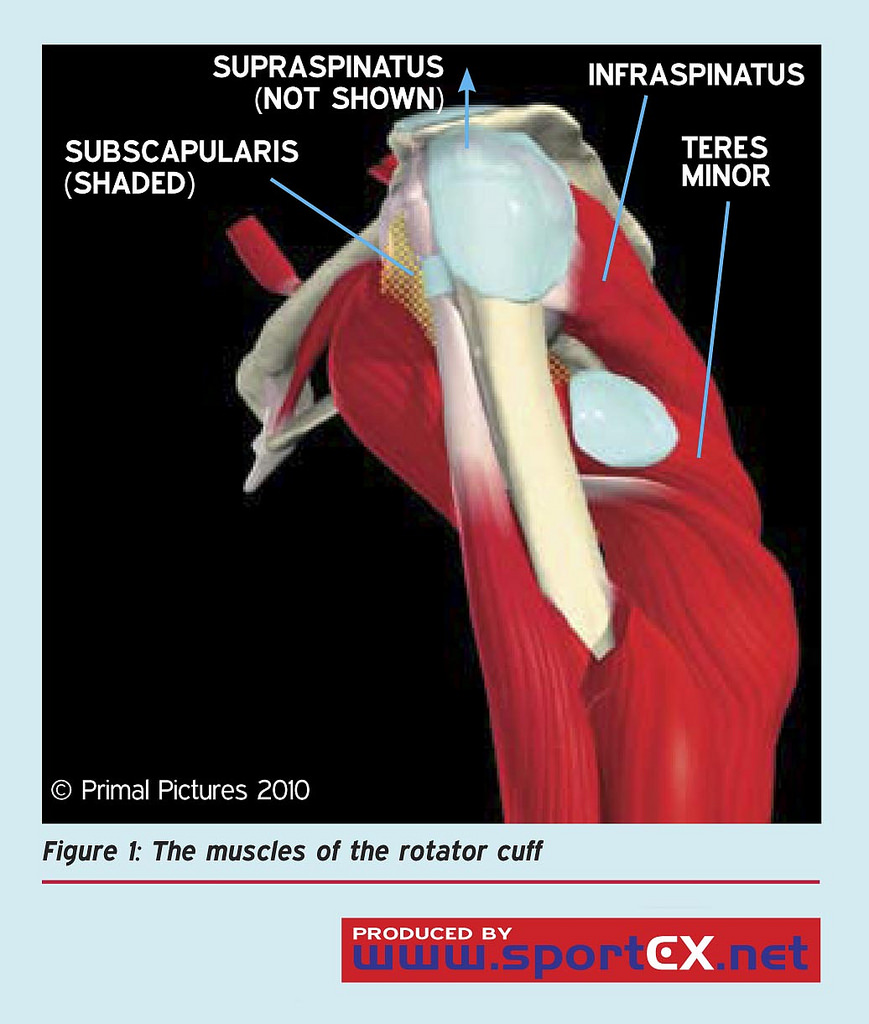Neck pain is troublesome. Many do not realize that restoring your alignment and rebalancing your muscles is possible with Pilates and yoga for neck pain sufferers. yoga and pilates are great for helping you restore your neck tension or pain. When you have neck pain, it can be difficult to perform all the vigorous pilates movements or twisting poses that can strain your neck. This is where the dilemma lies and there is a simple 1-2 combo that will help you get over this hump. Actually, many with neck tension have the dreaded hump to the back of their neck which yoga and pilates are great for reducing and restoring.
To those that are unfamiliar with the premise of yoga or pilates, we will summarize them from a Physical Therapist’s perspective and how we know when someone is ready.
There are many forms of yoga but the premise is based on bringing awareness to your attention. This awareness can be a mindfulness, slowing your fast pace tendencies, stiffness (or we call stagnation) within our body, stagnation, and much more. When our inner health and awareness improves, our body can unlock untapped strength which many does not know yoga is great for. I use yoga to help feel learn how to feel healthy movement. The increased awareness translates to better quality of staying active.
Pilates is great for enhancing the “core”, however, the “core” is a catch-all term that drives me bonkers when we see or hear about it. Our definition of the “core” is the ability to match what your body’s demand is without sacrificing your joints in the process. An appropriate “core” exercise that is great for a 65-year-old teacher named Mrs. Jane Doe can be horrible for a 40-year-old desk jockey named Mrs. Susan Summers. In theory, if everyone is at the same level of physical makeup, then no one should be worrying about whether a class is the best fit.
The great news is that there are two keys reasons that many lacks when starting yoga or pilates. Basic strength. Breathing.
Wait… I go to yoga and pilates and they do preach breathing. Yoga is all about your awareness of breath. Pilates is about the recruitment of your core with proper breath work. We will dive into the easier hurdle in this first part. Part two is about the breath work. Sorry, we have to leave a teaser for you reader =P
Everybody knows that strengthening is important. Many do not realize that research has demonstrated a specific ratio or workout balance that will save your joints at the same time. When you add complex movement with an imbalance of strength ratio, the result is an over-exaggerated compensation pattern. A good yoga or pilates studio will pick up of these detail tendencies, but for the sake of this article, we are assuming that you might be neglected or curious in whether you are doing it properly.
When a group of muscles, that should be working together are not, you develop tension points. The medical terminology is trigger points. The laymen terminology is knots or “rub me right (there), spouse”. The article is specific to neck tension, so we will focus on two common imbalances we commonly see clinically.

Our shoulder complex is the connecting link between our commonly used arm to our neglected and undertrained neck region. The rotator cuff (RC) muscle group is the most important “Core” within the shoulder region. The RC group helps to ensure our shoulder does not get out of place when we use our arm. We are talking about small 1-3 millimeters of difference between healthy versus dysfunctional shoulders. The shoulder works like a symphony needing perfect harmony and rhythm to stay healthy.
The rotator cuff group consists of two primary motions that work together to make sure the shoulder does not move too much. The motions are to help our arms to rotate in and out (internal and external rotation). The research has shown the balance ratio ranges around 66% of ER:IR. There is no clear conclusion on what is optimal. There are many studies that looked into overhead throwing and swimming motions and demonstrated that this ratio changes based on the different demands.
THE SOLUTION #1. Perform 10 reps for 3 sets when you find your perfect weight #
Internal rotation test: Grab the handle of cable gym machine. Place a towel between your elbow and torso. Start at 2 pounds and stand in a position where your hand is positioned away from your torso (see picture A). Pull the handle in towards your navel. Perform 10 repetitions. If this is easy after the 10 rep, increase your weight to 3 pounds and repeat. Your goal is to reach towards a weight where the tenth rep was difficult.
External rotation test: Grab the handle of the cable gym machine. Place a towel between your elbow and torso. Start at 1 pound and stand in a position where the handlebar is on your stomach. You repeat the same process above but focus on pulling outwards to find your strength.
The neck has a specific ratio of all sides being equal to each other.
This might seem common sense, but we find many are deficient and over-dominant in our back neck muscles. This is the dreaded knots in our neck region. Research has validated that people with chronic neck pain and whiplash disorder have their front deep neck muscles shut down. One can see the discrepancy when compared to healthy necks. As one main study found average bending head back versus forward (extensor-flexor) ratios in normal males 20-29 at 1.09:1, 30-39 at 1.04: 1, and 40-49 at 1.01: 1. The average extensor-flexor ratios for females 20-29 were found to be 1.33:1, 1.67:1 for subjects 30-39, and 1.42:1 for subjects 40-49.
This is a big reason why many get more (back of the) neck tension when starting out with yoga or pilates. The strength ratio is far apart that the back neck muscles have to do the majority of the work.
SOLUTION #2. Hold for 30 seconds or until fatigue. 3 Reps.
Get a rope or a band and loop it to the back of your head. Grab both ends of the rope or band with both hands and gently pull it forward. Use your neck to resist this motion. Hold this for 30 seconds. Repeat 3 times.
Compare this when testing and training your front neck muscles. It is a subjective test but it does bring awareness.
You can repeat this same sequence to your side neck muscles.
SOLUTION #3. Hold for 30 seconds or until fatigue. 3 Reps.
This is a great confirmation test that your neck strength ratio is 1:1. Lay on your back with your arms to your side. Raise your head upwards. Hold it for 30 seconds or when you start to feel the back or sides of your neck tensing up. You should only feel your front neck muscles working.

If you take the time to isolate key weaknesses, you will notice an elevation or sense of strength that will carry over to an enjoyable yoga or Pilates experience. It is important that you take the time to perform these exercises for 3 weeks before starting any form of group classes. When you do start your classes, use them as a warm-up to ensure proper balance are in order. You can perform these exercises on your off days separate from your studio days.
If you find this article insightful, please share with your friends and family. Let us all help each other be strong and active for the new year. If you practice these tips and still not getting the results or in pain, reach out to us via clicking the blue button below. There are times where it is not you that is holding your body back, but a physical tension that only a skilled holistic Spine and Sports Injury Physical Therapist can help to melt away. We call this “working smarter instead of working harder”.
The blue button will direct you to a scheduling link where you will get your free medical second opinion or fitness medical advice so you stay active. 
One LOVE,
Dr Danh Ngo
Holistic Spine and Sports Injury Physical Therapist

